Home>Furniture>Outdoor Furniture>How Do You Fix A Sliding Patio Door That Won’t Slide
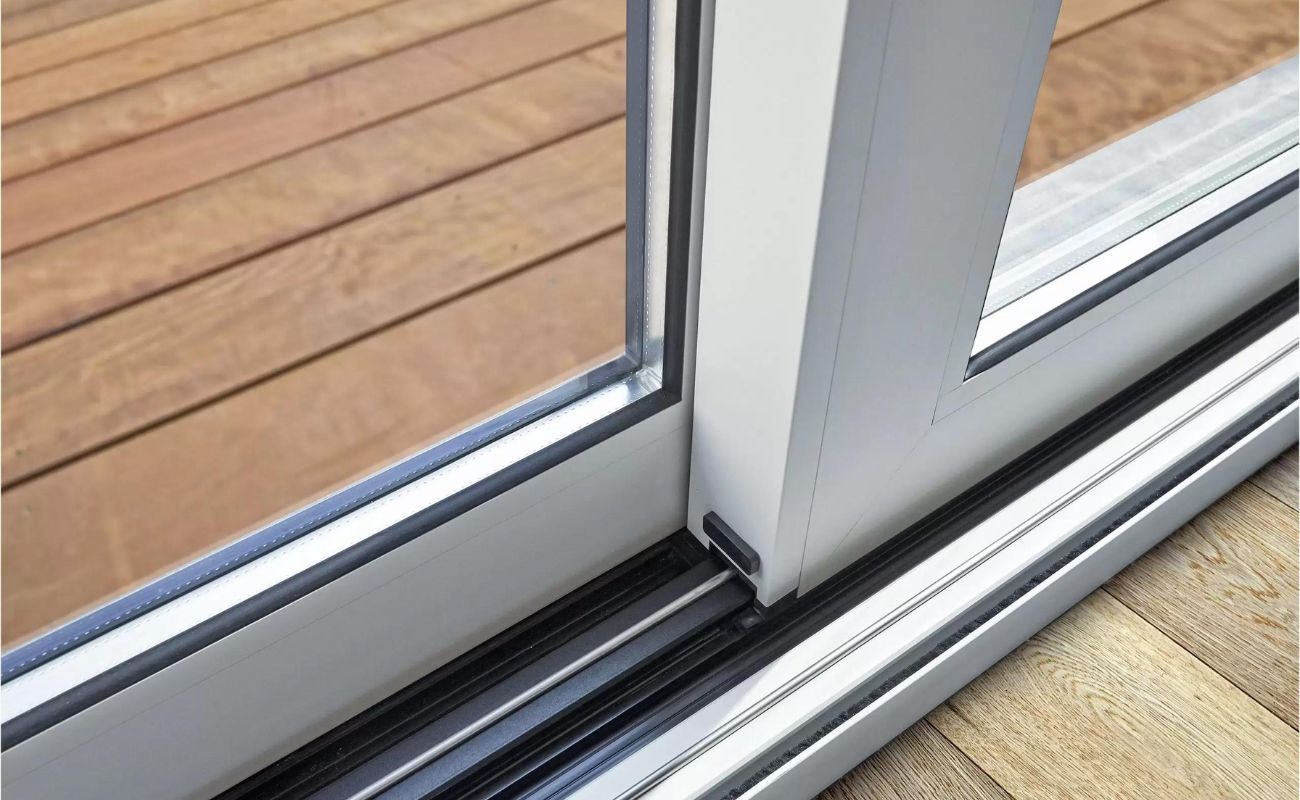

Outdoor Furniture
How Do You Fix A Sliding Patio Door That Won’t Slide
Modified: March 15, 2024
Having trouble with your outdoor furniture? Learn how to fix a sliding patio door that won't slide with our helpful tips and tricks.
(Many of the links in this article redirect to a specific reviewed product. Your purchase of these products through affiliate links helps to generate commission for Storables.com, at no extra cost. Learn more)
Introduction
Sliding patio doors are a popular and convenient feature in many homes, allowing easy access to outdoor spaces and providing ample natural light. However, encountering a sliding patio door that refuses to slide can be a frustrating experience. If you’re facing this issue, you’re not alone. Many homeowners encounter problems with their sliding patio doors at some point.
Thankfully, most issues with sliding patio doors can be resolved without the need for professional assistance. By identifying the common reasons behind a door that won’t slide and following a few simple steps, you can easily fix the problem and restore the smooth functionality of your patio door.
In this article, we will explore the common causes of a sliding patio door that won’t slide and provide a step-by-step guide on how to fix it. Whether you’re dealing with loose rollers, a misaligned track, or a dirty track, we’ve got you covered. So, let’s get started and turn that stubborn patio door into a smoothly gliding entrance to your outdoor oasis!
Key Takeaways:
- Fixing a sliding patio door is manageable with basic tools and knowledge. Inspect, clean, align, and lubricate to restore smooth sliding.
- Regular maintenance and DIY fixes can save money and ensure a smoothly gliding patio door. Seek professional help for major difficulties.
Read more: How To Fix A Patio Sliding Door
Common reasons for a sliding patio door that won’t slide
When a sliding patio door refuses to slide, there can be several underlying causes. By understanding these common reasons, you can better diagnose and fix the issue. Let’s take a closer look at the most frequent culprits:
- Loose or damaged rollers: The rollers are essential components that allow the door to glide smoothly along the track. If they become loose or damaged, the door may become difficult to open or close. In some cases, the rollers may need to be tightened or replaced to restore proper functionality.
- Misaligned track: If the track that guides the sliding door is misaligned, the door may get stuck or become difficult to slide. This misalignment can occur due to various factors, such as improper installation or natural wear and tear. Aligning the track correctly can often resolve the issue.
- Dirty or obstructed track: Over time, dirt, debris, and even small objects can accumulate in the track, obstructing the movement of the door. Regular cleaning and removal of any obstructions can help ensure smooth sliding.
- Worn-out or damaged door frame: The door frame can undergo wear and tear over time, causing it to warp, crack, or become damaged. This can affect the overall functionality of the sliding door. Repairing or replacing the door frame may be necessary to address this issue.
- Improper installation or adjustment: Sometimes, the problem lies in the initial installation or adjustment of the sliding patio door. If the door was not installed correctly or if it is misaligned due to improper adjustment, it can lead to sliding difficulties. Reinstalling or adjusting the door according to manufacturer guidelines can potentially fix the problem.
Now that we have a better understanding of the common reasons behind a sliding patio door that won’t slide, let’s move on to the tools and materials you’ll need to fix the issue.
Tools and materials required for fixing a sliding patio door
Before you embark on fixing your sliding patio door, it’s essential to gather the necessary tools and materials. Having the right equipment on hand will make the process smoother and more efficient. Here are the tools and materials you’ll need:
- Screwdriver: A screwdriver will be needed to tighten or loosen any screws or bolts on the door or frame.
- Adjustable wrench: An adjustable wrench is useful for tightening or loosening nuts and bolts that may be securing the rollers or other components of the door.
- Lubricant: A lubricant, such as silicone-based spray or specialized door lubricant, can help reduce friction and allow the door to slide smoothly along the track.
- Replacement rollers (if needed): If the rollers are damaged or worn-out beyond repair, you may need to replace them with new ones. Make sure to check the model and size of the existing rollers before purchasing replacements.
- Level: A level is helpful for ensuring that the door is properly aligned and plumb during installation or adjustment.
- Cleaning supplies: Cleaning the track and removing any dirt, debris, or obstructions is an important step in fixing a sliding patio door. Gather cleaning supplies such as a brush, mild detergent, and a cloth or sponge.
- Weatherstripping (if needed): If your sliding patio door is not adequately sealed against drafts or weather elements, you may need to install or replace weatherstripping. This will help improve energy efficiency and keep unwanted elements out.
With these tools and materials ready, you’ll be well-prepared to tackle the task of fixing your sliding patio door. Now let’s move on to the step-by-step guide that will help you resolve the issue.
Step-by-step guide to fixing a sliding patio door
Now that you have the necessary tools and materials, let’s dive into the step-by-step guide for fixing your sliding patio door. By following these instructions, you can address common issues and restore the smooth operation of your door:
- Inspect the rollers and track: Carefully examine the rollers and track for any signs of damage, wear, or misalignment. Look for loose screws or bolts that may need tightening.
- Tighten or replace loose or damaged rollers: If you find any loose or damaged rollers, use an adjustable wrench or screwdriver to tighten or replace them. Make sure to choose rollers that match the specifications of your door.
- Align the track properly: Use a level to ensure that the track is level and aligned correctly. You may need to adjust the alignment by loosening and tightening the securing screws on the track.
- Clean the track and remove any obstructions: Use a brush or cloth to remove any dirt, debris, or obstructions from the track. Ensure that the track is clean and free from any obstacles that may hinder the smooth sliding of the door.
- Check the door frame for damage or wear: Inspect the door frame for any signs of damage or wear, such as cracks or warping. If you notice any issues, consider repairing or replacing the frame to ensure proper functionality.
- Adjust the height and level of the door: Use the leveling tool to ensure the door is at the correct height and level. Adjust the height by turning the adjustment screws on the rollers. Ensure that the door is parallel to the frame and moves smoothly.
- Lubricate the rollers and track: Apply a lubricant, such as silicone spray or specialized door lubricant, to the rollers and track. This will reduce friction and allow the door to slide easily along the track.
- Install or replace weatherstripping (if necessary): If your sliding patio door lacks proper weatherstripping or if the existing weatherstripping is damaged, install or replace it to improve energy efficiency and weatherproofing.
By following these steps, you can effectively address a variety of issues that may be hindering the smooth sliding of your patio door. However, if you encounter any major difficulties or if the issue persists, it is recommended to seek professional help to avoid causing further damage.
Now that you’re equipped with the knowledge and steps for fixing your sliding patio door, go ahead and give it a try. Soon enough, you’ll be enjoying the effortless gliding of your patio door and the seamless connection to your outdoor living space.
Clean the track and rollers of the sliding patio door to remove any dirt or debris. Then, lubricate the track and rollers with a silicone-based lubricant to help the door slide smoothly.
Conclusion
A sliding patio door that won’t slide can be a frustrating problem, but with the right knowledge and tools, you can easily fix it yourself. By understanding the common reasons behind a malfunctioning patio door and following the step-by-step guide provided in this article, you can restore the smooth functionality of your sliding door.
Remember to inspect the rollers and track for any damage or misalignment, and tighten or replace them if necessary. Clean the track to remove any dirt or obstructions that could be hindering the sliding motion. Check the door frame for any signs of wear or damage and address them accordingly. Properly aligning the track and adjusting the height and level of the door are also essential steps in the repair process.
Don’t forget to lubricate the rollers and track to reduce friction and ensure smooth sliding. This will help prolong the lifespan of your patio door and prevent further problems in the future. Lastly, consider installing or replacing weatherstripping to improve energy efficiency and protect your home from the elements.
By following these steps, you can save money on professional repairs and enjoy the satisfaction of fixing your sliding patio door yourself. However, if you encounter any difficulties or if the issue persists, it’s always advisable to seek help from a professional to avoid causing further damage.
Now that you have the knowledge and confidence to tackle the task of fixing your sliding patio door, go ahead and put that knowledge into action. Say goodbye to a stubborn door and say hello to a smoothly gliding entrance to your outdoor oasis!
Remember, a little bit of patience, some troubleshooting, and the right tools can go a long way in resolving the issues with your sliding patio door. Soon enough, you’ll be enjoying the effortless functionality of your beautifully sliding door, seamlessly merging your indoor and outdoor living spaces.
Read more: How To Install A Patio Sliding Door
Summary of key points
Fixing a sliding patio door that won’t slide can be a straightforward process if you follow these key points:
- Inspect the rollers and track for damage or misalignment.
- Tighten or replace loose or damaged rollers.
- Align the track properly for smooth sliding.
- Clean the track and remove any obstructions.
- Check the door frame for wear or damage.
- Adjust the height and level of the door for proper alignment.
- Lubricate the rollers and track to reduce friction.
- Install or replace weatherstripping for improved energy efficiency.
By following these steps and using the appropriate tools, such as a screwdriver, adjustable wrench, lubricant, level, cleaning supplies, replacement rollers, and weatherstripping, you can address common issues with your sliding patio door and restore its smooth functionality.
Remember to carefully inspect the rollers and track, tightening or replacing any damaged components. Align the track correctly and ensure it is clean and free from obstructions. Check the door frame for any signs of wear or damage, and adjust the height and level of the door as needed. Lubricate the rollers and track regularly to keep the door sliding smoothly. Installing or replacing weatherstripping can improve energy efficiency and protect against weather elements.
With these key points in mind, you’ll be well-equipped to fix your sliding patio door and enjoy the seamless transition between your indoor and outdoor living spaces once again.
Always remember to exercise caution and seek professional assistance if you encounter any difficulties or if the issue persists. Your safety and the proper functioning of your sliding patio door should be the top priority.
Now that you have a comprehensive understanding of how to fix a sliding patio door, go ahead and confidently tackle the task at hand. Soon enough, you’ll be enjoying the effortless gliding of your patio door and the enhanced beauty and functionality it brings to your outdoor living space.
Additional tips and precautions
While fixing a sliding patio door is generally a manageable task, there are some additional tips and precautions you should keep in mind to ensure a successful and safe repair process:
- Take safety precautions: Before beginning any repair work, make sure to wear appropriate safety gear, such as gloves and safety glasses, to protect yourself from potential injuries.
- Refer to the manufacturer’s instructions: If you have access to the manufacturer’s instructions for your sliding patio door, it’s always helpful to consult them before attempting any repairs. The instructions may provide specific guidance related to the maintenance and repair of your particular door model.
- Work with a partner if needed: Some tasks, such as adjusting the height and level of the door, may require an extra pair of hands. Enlist the help of a friend or family member if necessary to ensure safety and accuracy.
- Be gentle when making adjustments: Take care not to force or apply excessive pressure when making adjustments to the rollers, track, or door frame. Gentle and incremental adjustments are usually sufficient to achieve the desired result.
- Regularly clean and maintain the door: To prevent future issues, establish a regular cleaning and maintenance routine for your sliding patio door. Clean the track regularly, removing any dirt or debris, and lubricate the rollers and track as needed to keep the door sliding smoothly.
- Consider professional assistance if needed: If you encounter any major difficulties, such as severe damage to the door or frame, or if the issue persists after attempting the recommended repairs, it may be best to seek the assistance of a professional. They have the expertise and specialized tools to handle complex repairs effectively and safely.
By following these additional tips and precautions, you can ensure a smoother and safer repair process for your sliding patio door.
Remember, taking the time to properly inspect, maintain, and repair your sliding patio door is essential for its longevity and functionality. With the right approach and care, you can enjoy the benefits of a smoothly sliding door that enhances the beauty and functionality of your outdoor living space for years to come.
Frequently asked questions about fixing sliding patio doors
Fixing a sliding patio door can involve various considerations and challenges. Here are answers to some frequently asked questions that homeowners often have when it comes to addressing issues with sliding patio doors:
- 1. Can I fix a sliding patio door myself?
- 2. How do I know if the rollers need to be replaced?
- 3. What is the best lubricant for sliding patio doors?
- 4. How often should I clean the track of my sliding patio door?
- 5. Can I replace the weatherstripping on my sliding patio door myself?
- 6. What should I do if my sliding patio door still doesn’t slide smoothly after attempting repairs?
Yes, many common issues with sliding patio doors can be fixed by homeowners with basic tools and knowledge. However, if you encounter major difficulties, it is advisable to seek professional assistance to avoid causing further damage.
If the rollers are visibly damaged, worn-out, or if the door is becoming increasingly difficult to slide despite cleaning and lubricating the track, it may be time to replace the rollers. Consult the manufacturer’s instructions or seek professional advice to determine the appropriate replacements for your specific door model.
For lubricating the rollers and track of sliding patio doors, silicone-based spray lubricants or specialized door lubricants are widely recommended. These lubricants provide smooth gliding motion and are long-lasting.
Regular maintenance is important for the smooth operation of your sliding patio door. It is recommended to clean the track at least every six months, but more frequent cleaning may be necessary if you live in areas with high levels of dust, pollen, or other debris.
Yes, replacing weatherstripping on a sliding patio door is a relatively simple task that can be done by homeowners. Measure the length needed, purchase the appropriate weatherstripping material, and follow the manufacturer’s instructions for installation. Proper weatherstripping helps improve energy efficiency and keeps drafts and weather elements out.
If you’ve followed the recommended steps and the sliding patio door still doesn’t slide smoothly, it may be necessary to seek professional help. A professional can diagnose and address any underlying issues that may be causing the problem.
Remember, if you are uncertain or uncomfortable with any aspect of fixing your sliding patio door, it’s always best to consult with a professional. They have the expertise and experience to handle complex repairs and ensure the proper functioning of your door.
By addressing common questions and concerns, we hope this FAQ section provides you with helpful insights and guidance in your journey to fix your sliding patio door.
Frequently Asked Questions about How Do You Fix A Sliding Patio Door That Won't Slide
Was this page helpful?
At Storables.com, we guarantee accurate and reliable information. Our content, validated by Expert Board Contributors, is crafted following stringent Editorial Policies. We're committed to providing you with well-researched, expert-backed insights for all your informational needs.
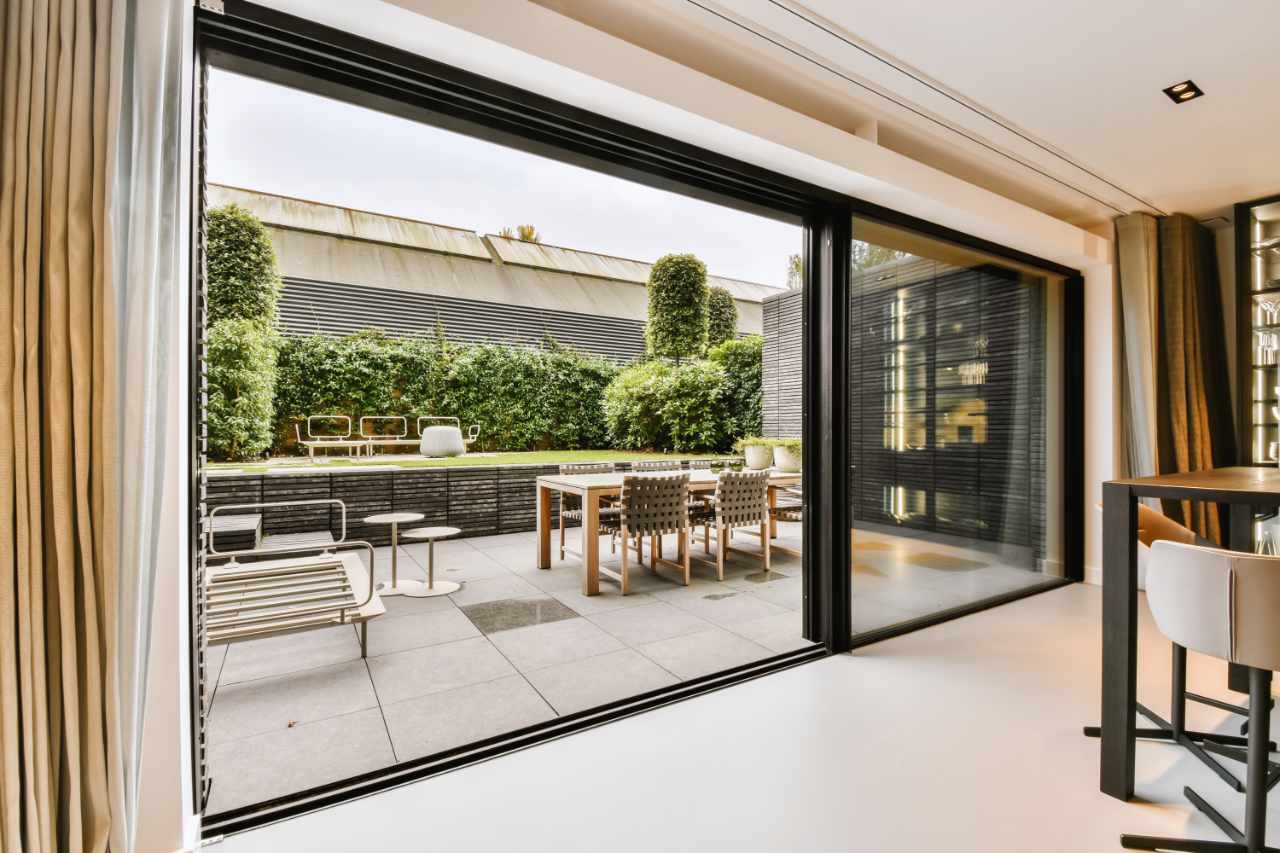
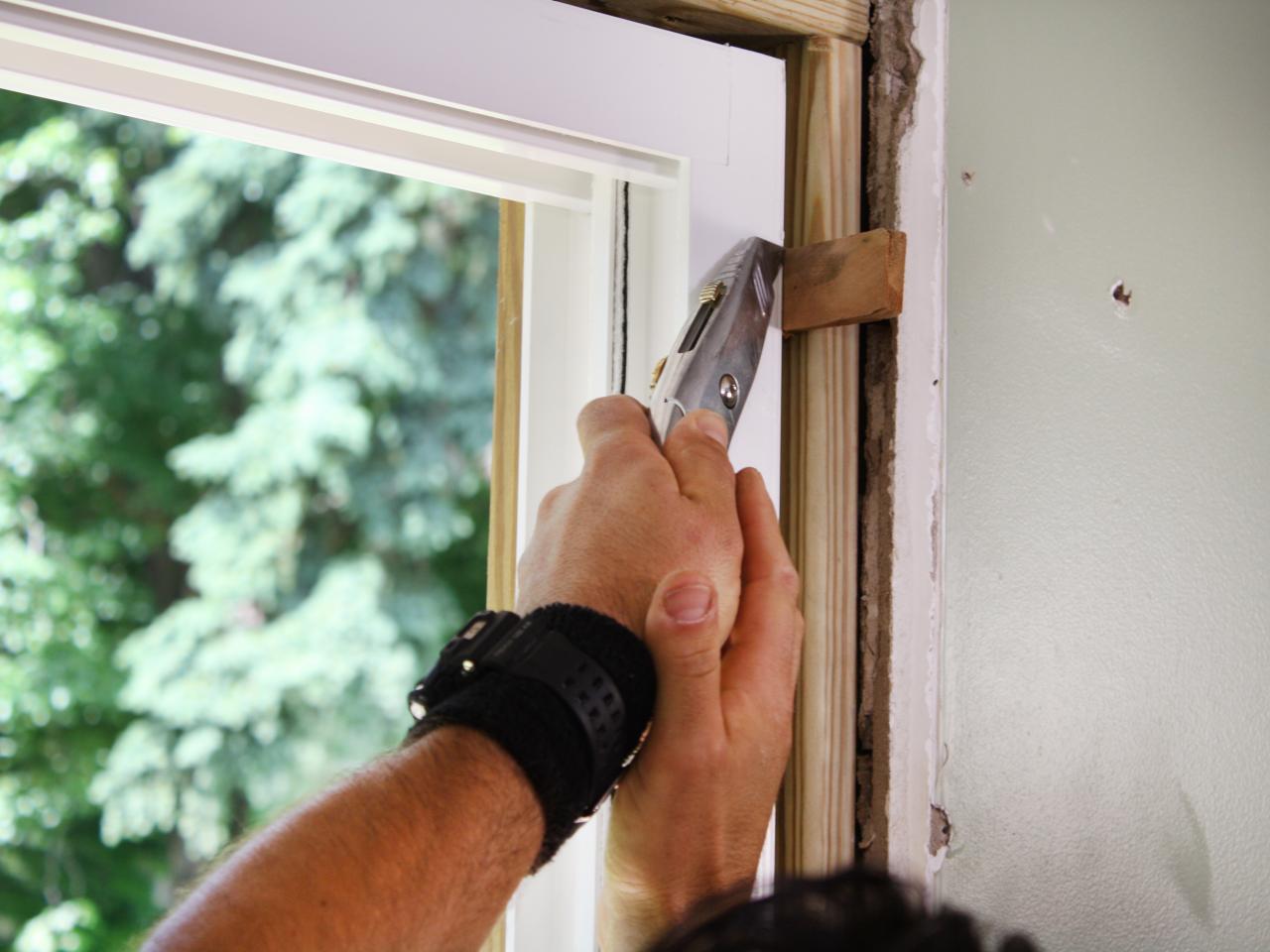
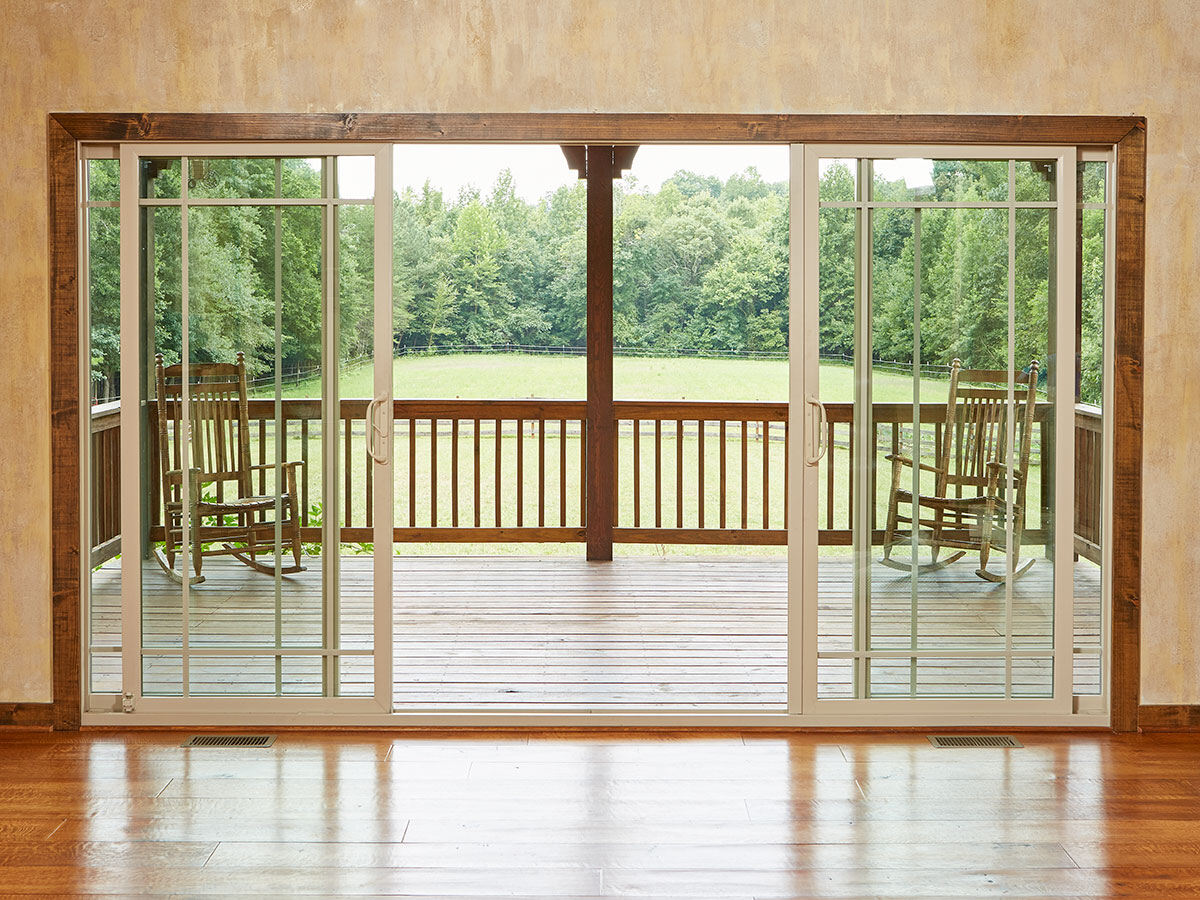
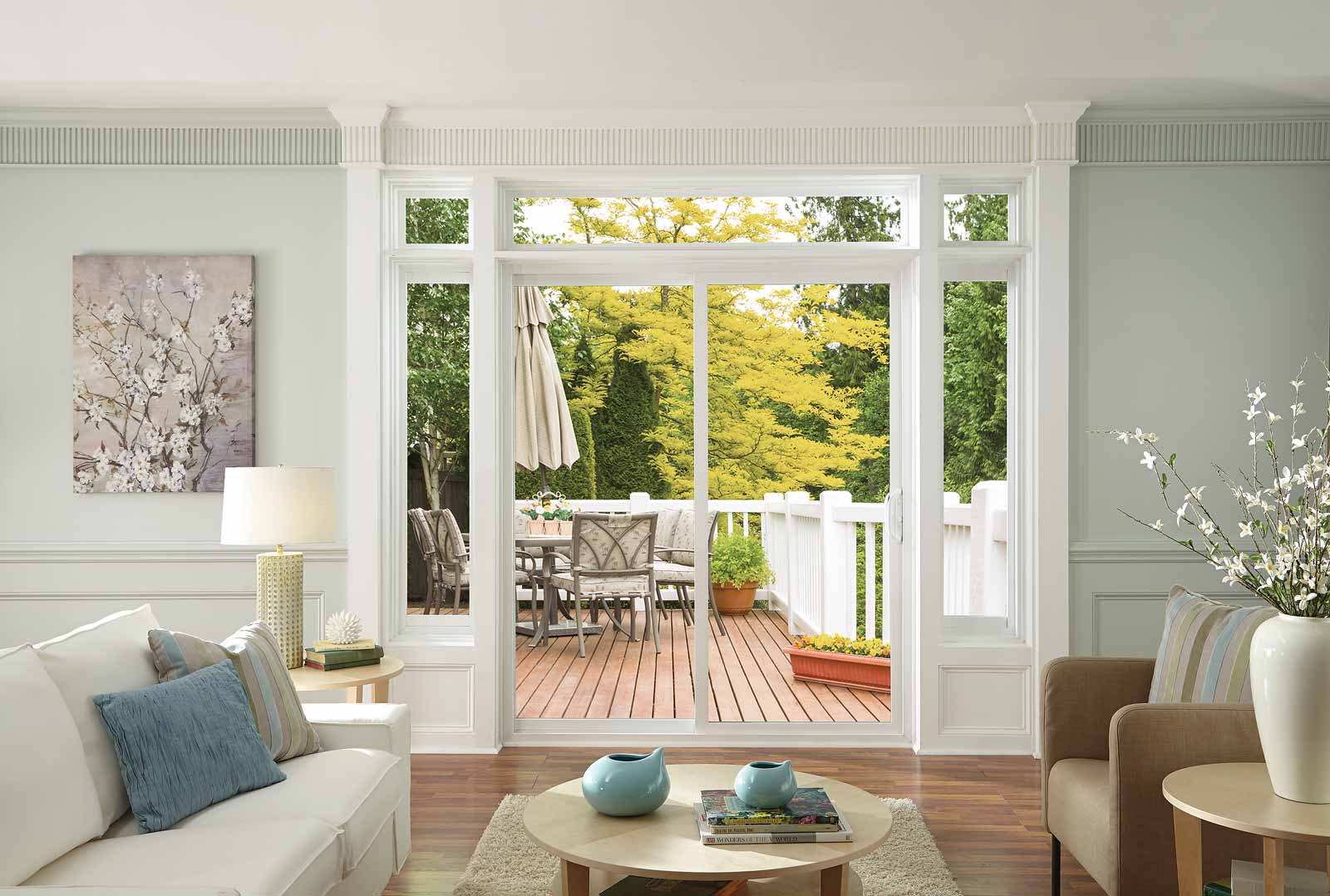
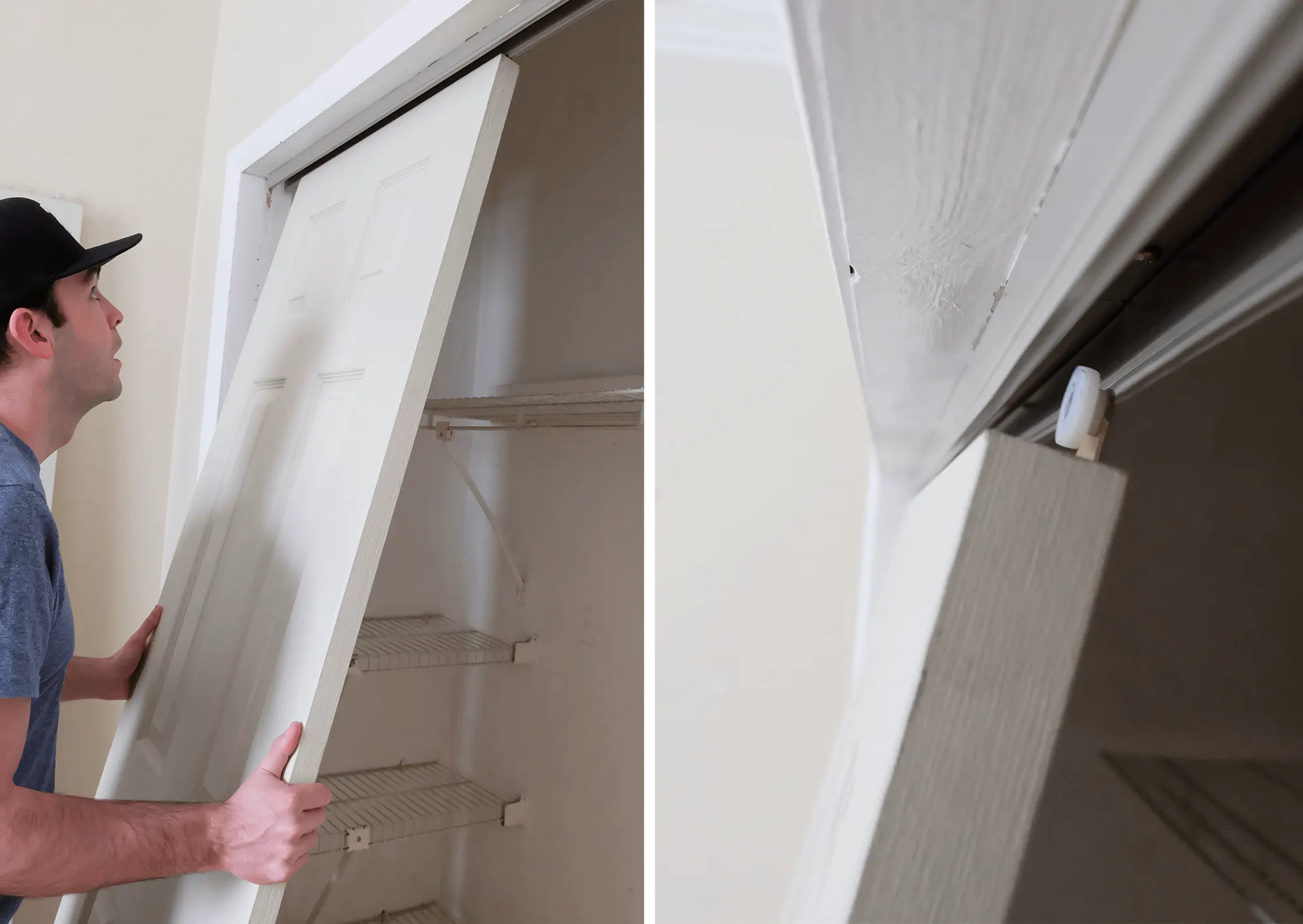
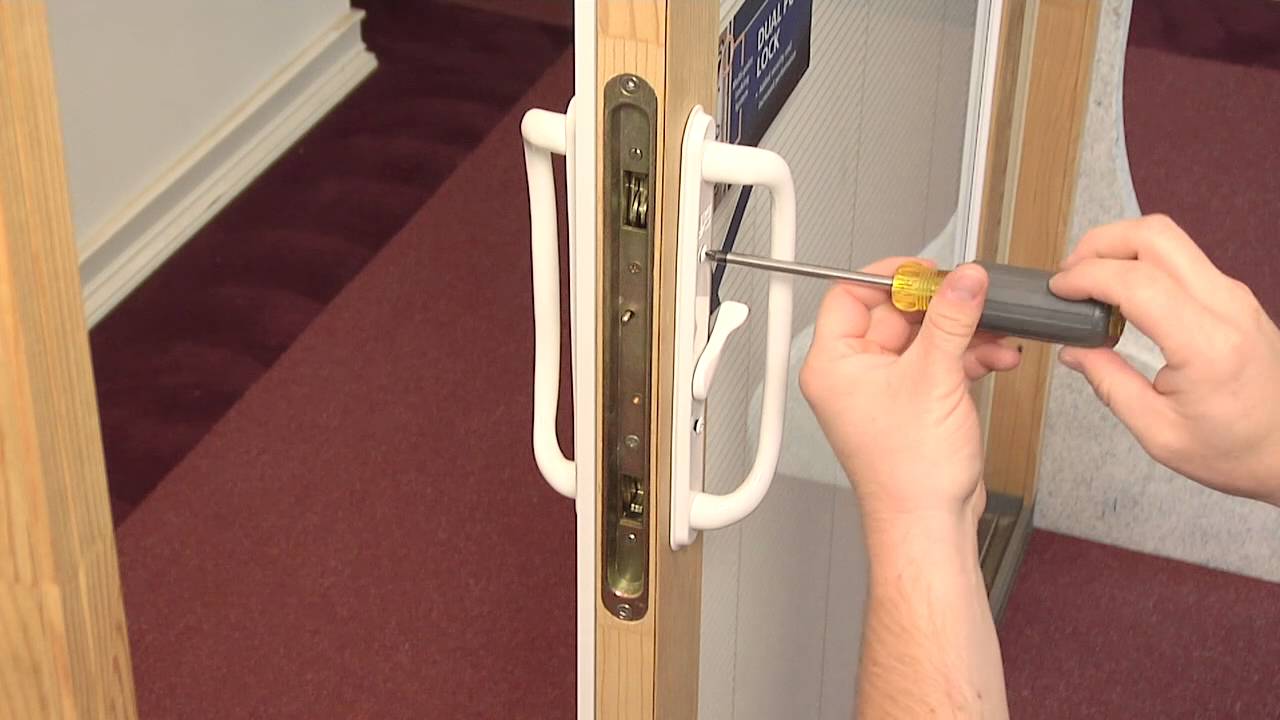
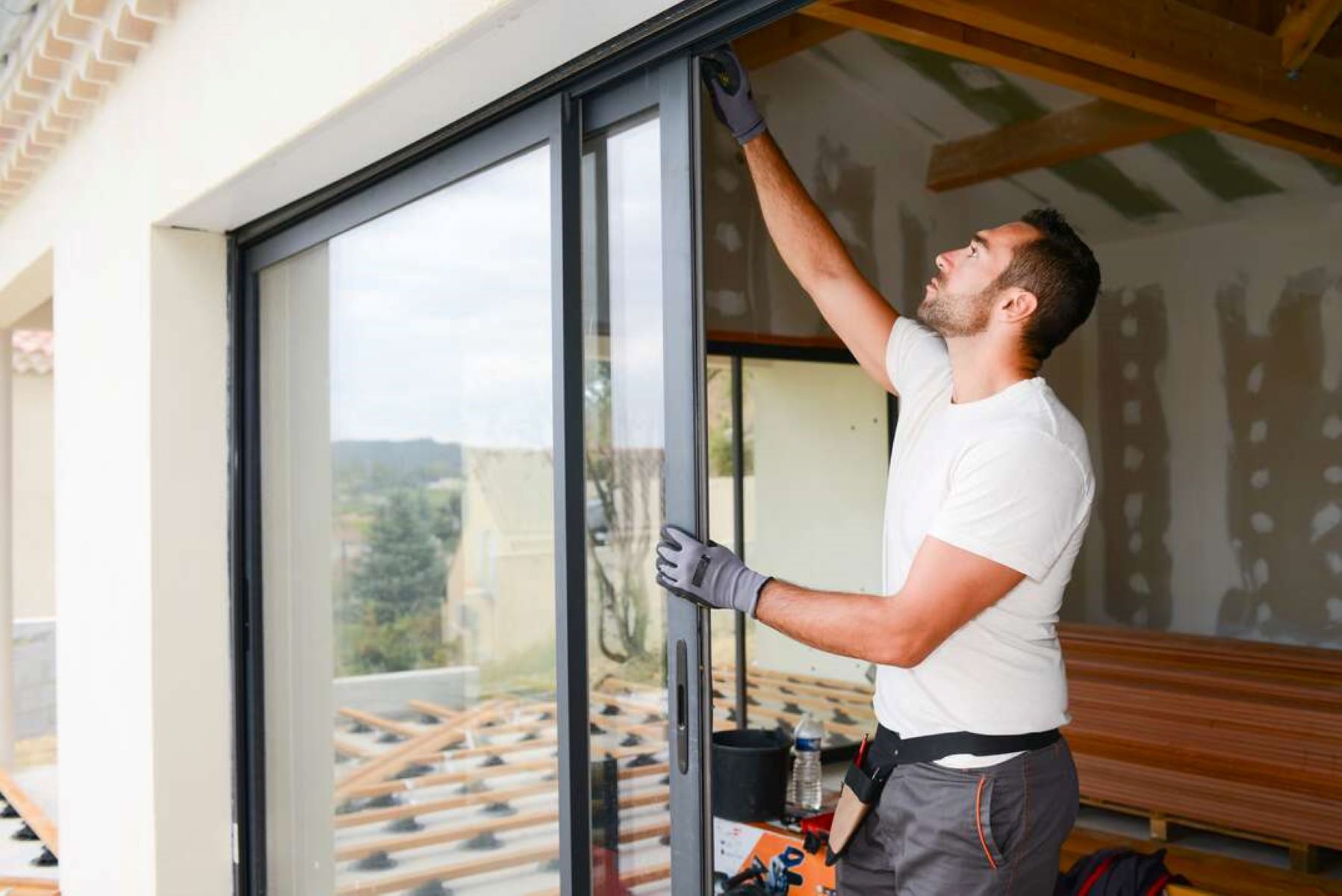
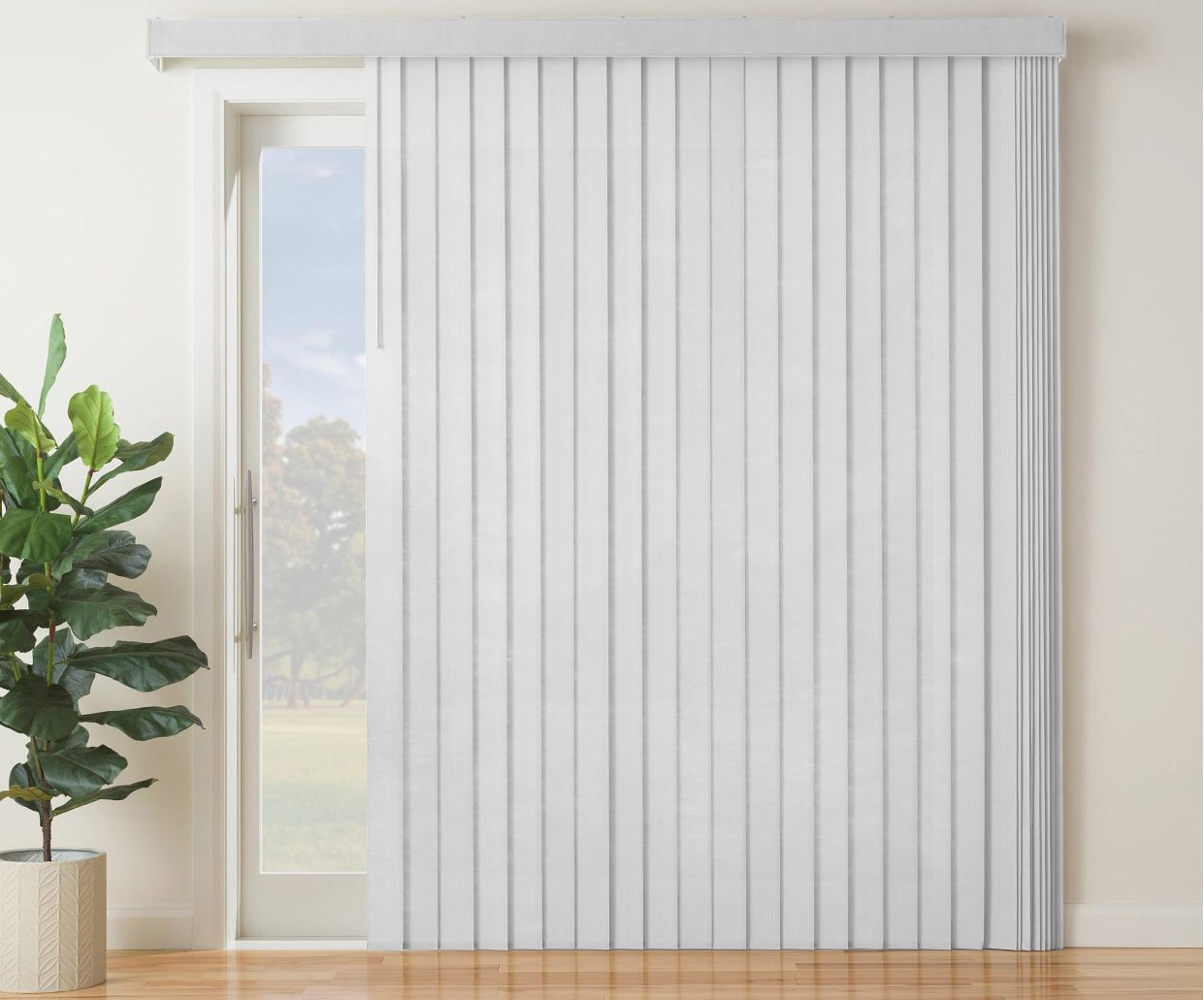
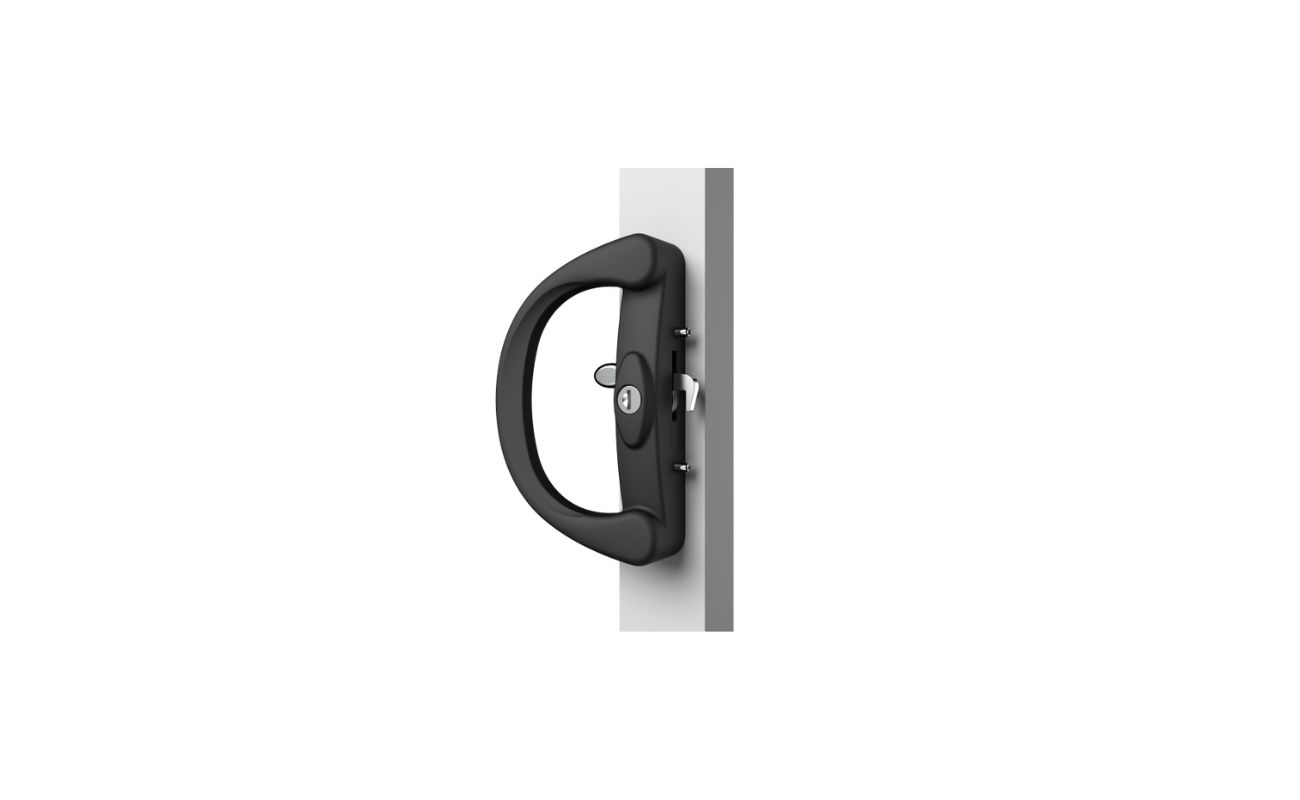
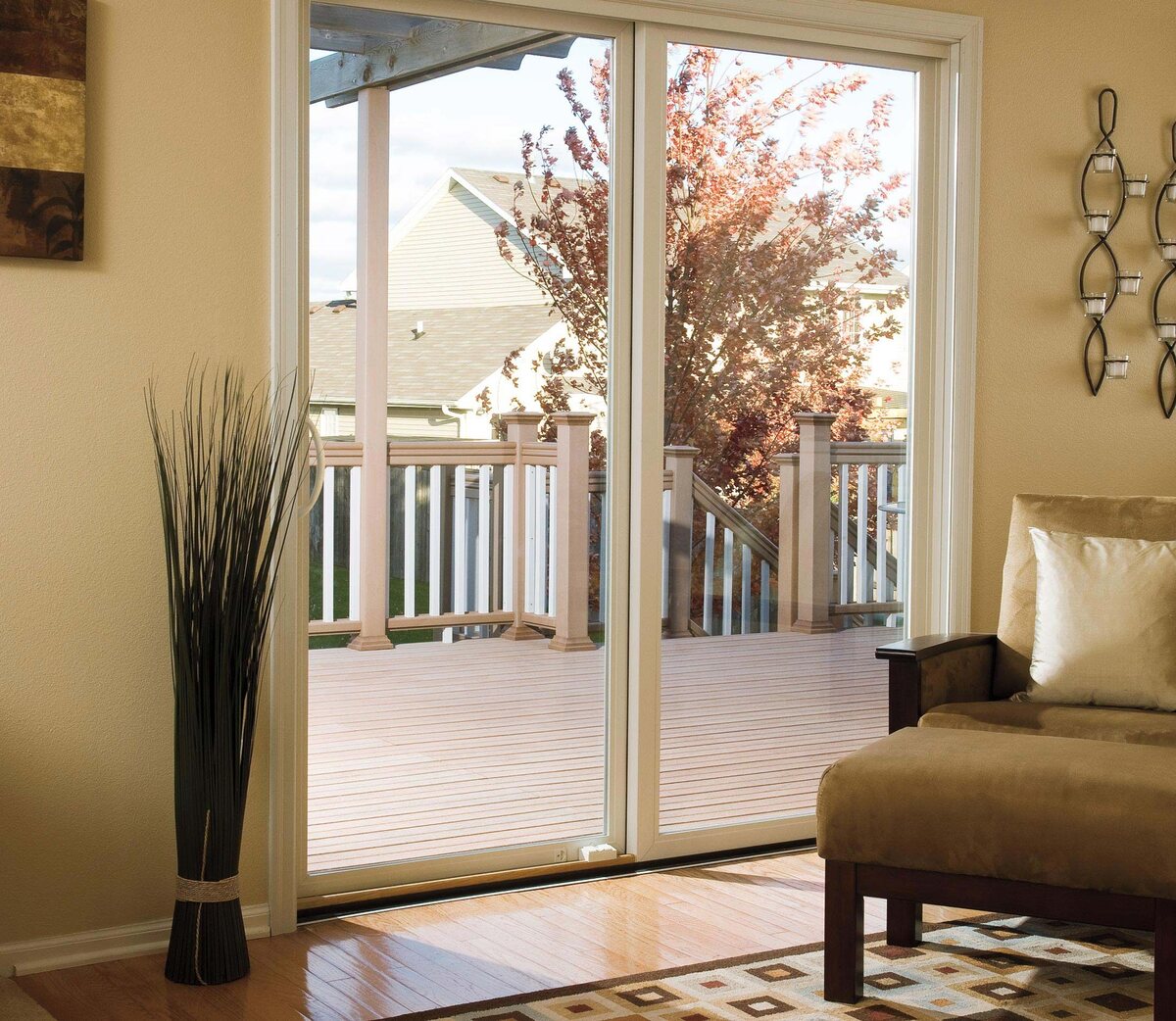
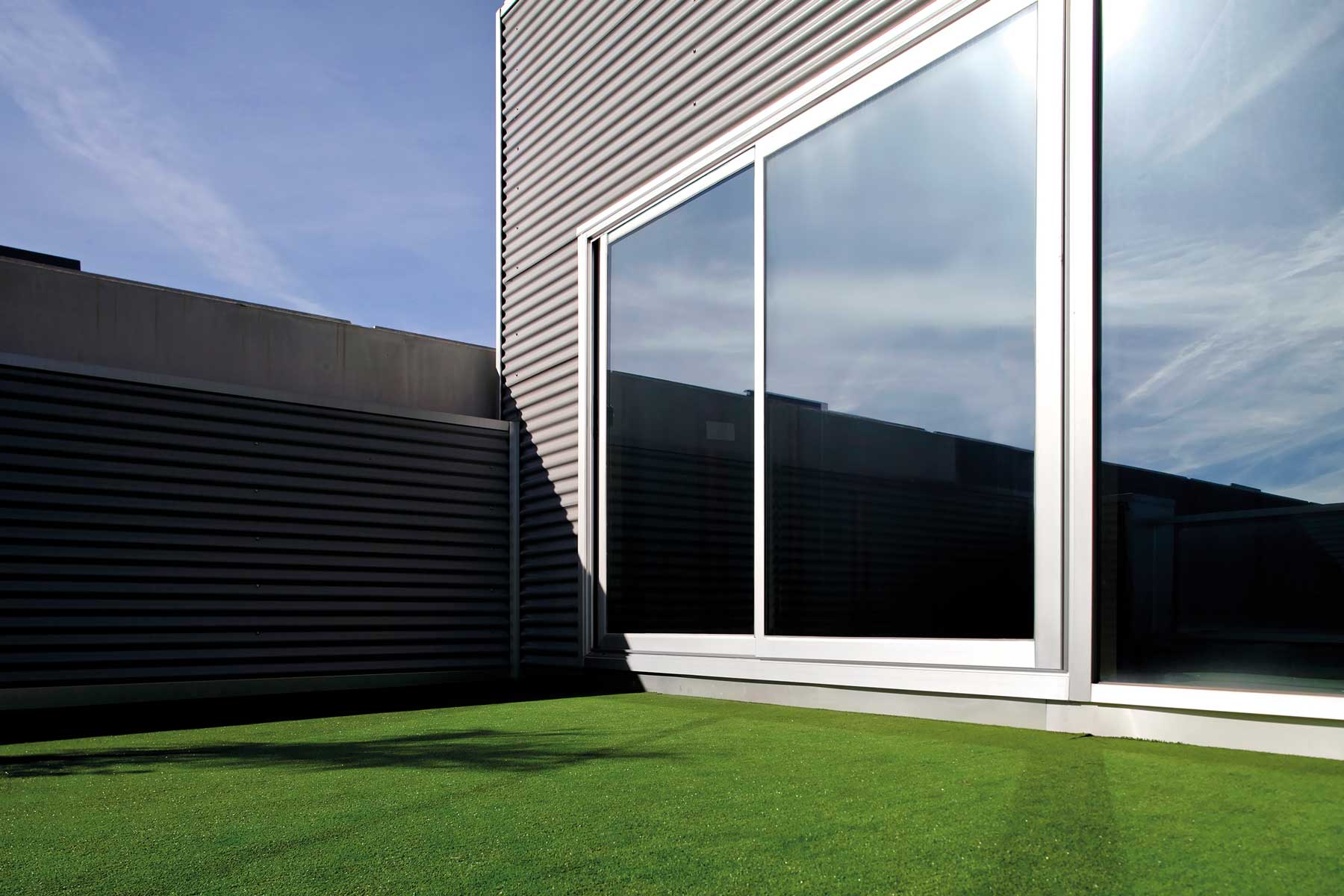
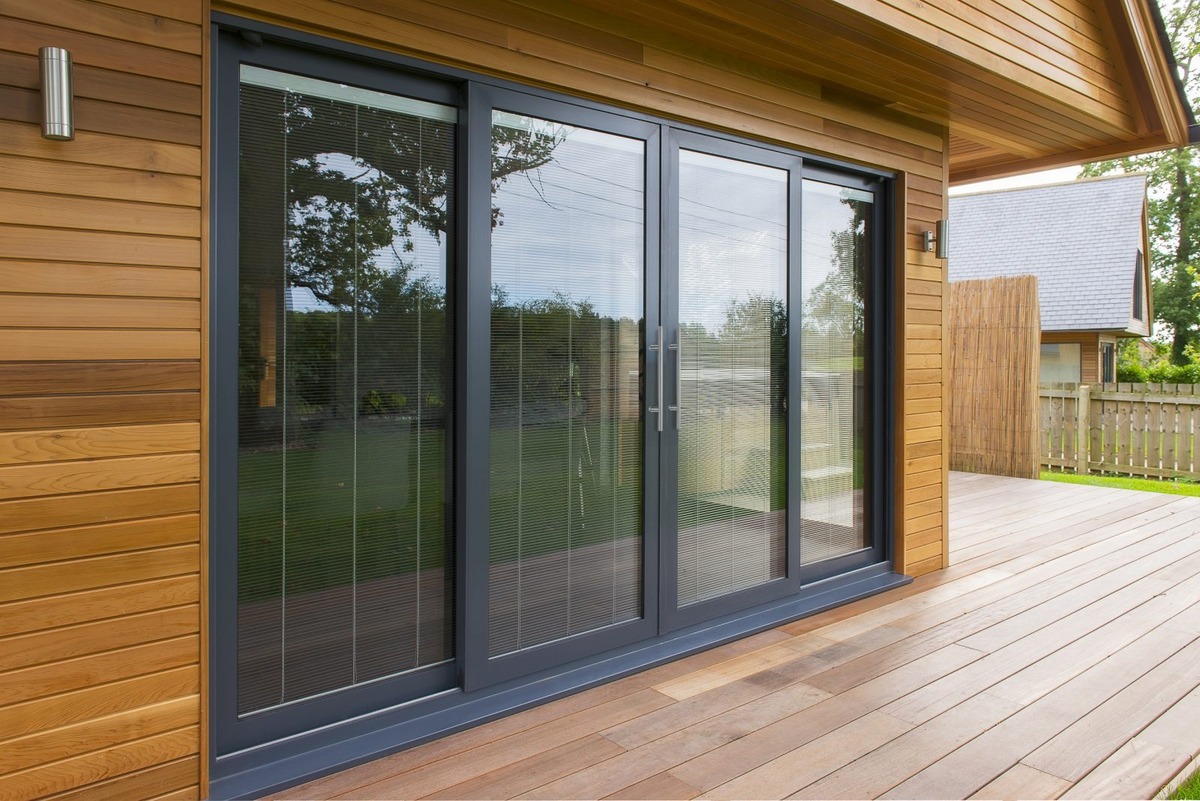
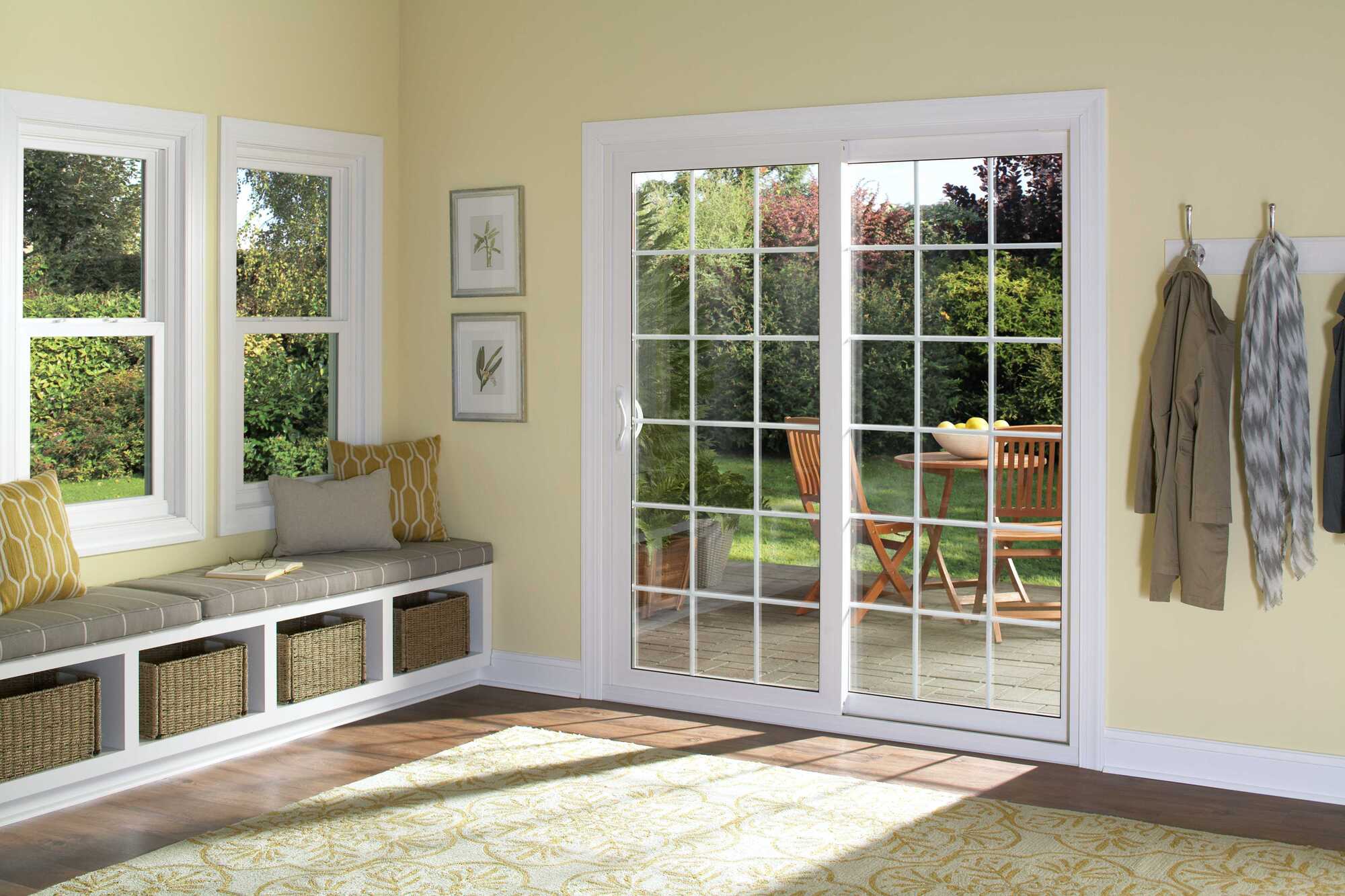
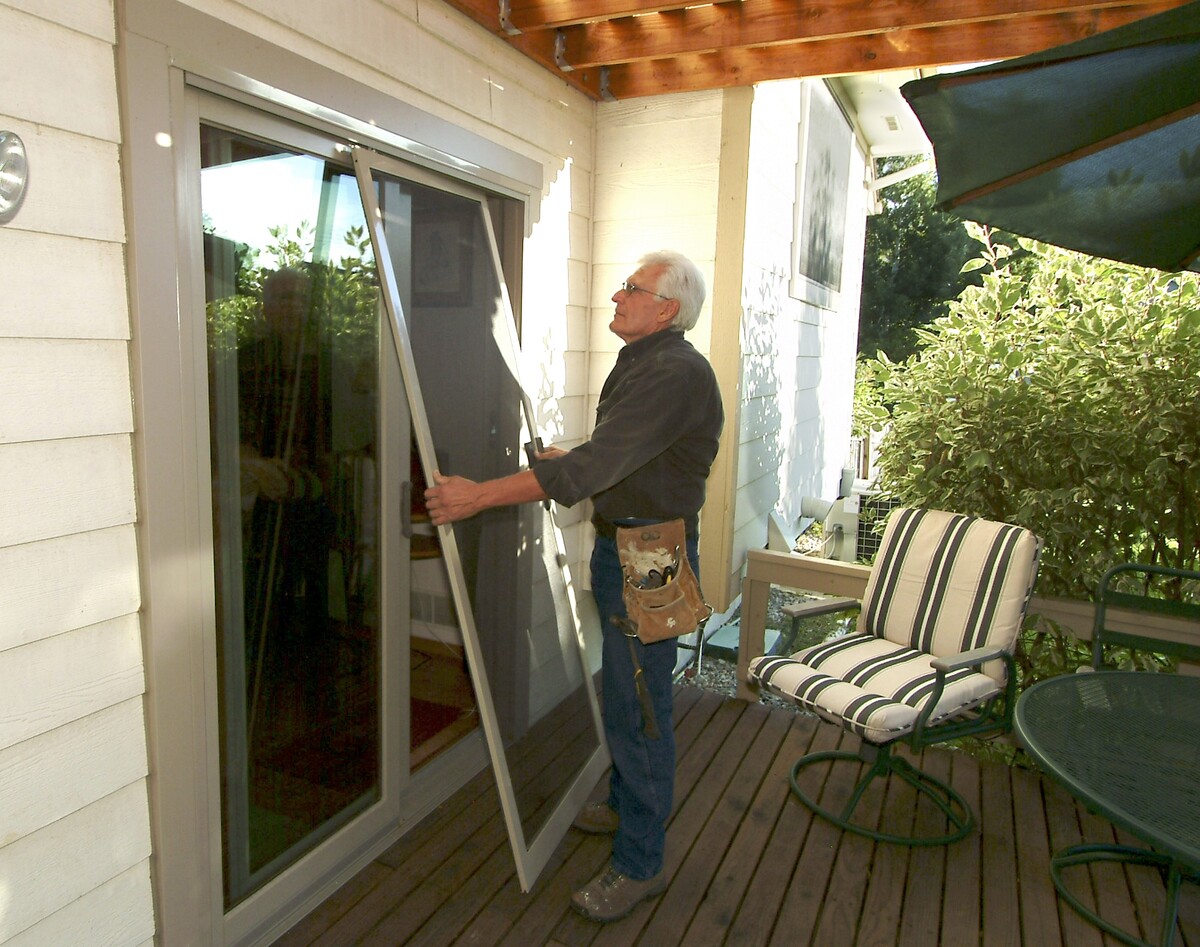

0 thoughts on “How Do You Fix A Sliding Patio Door That Won’t Slide”